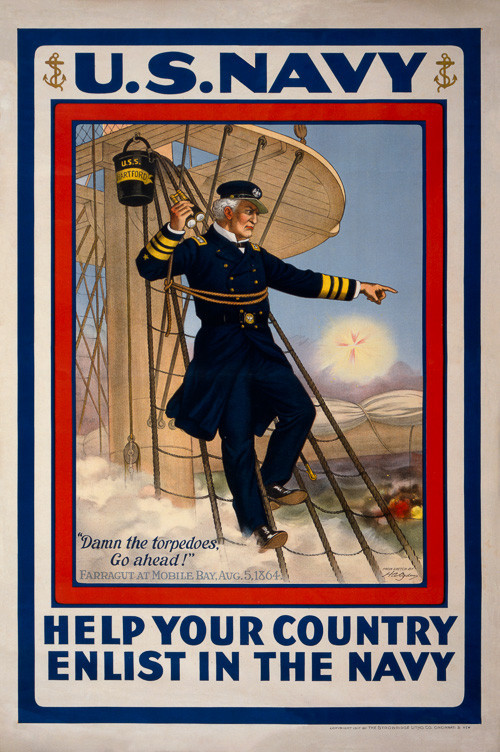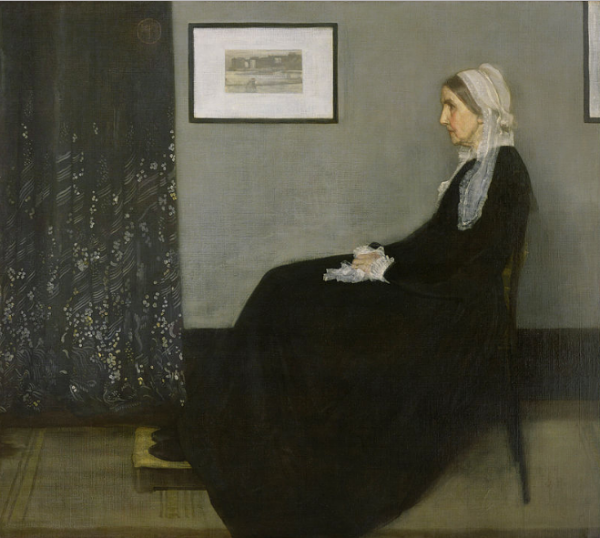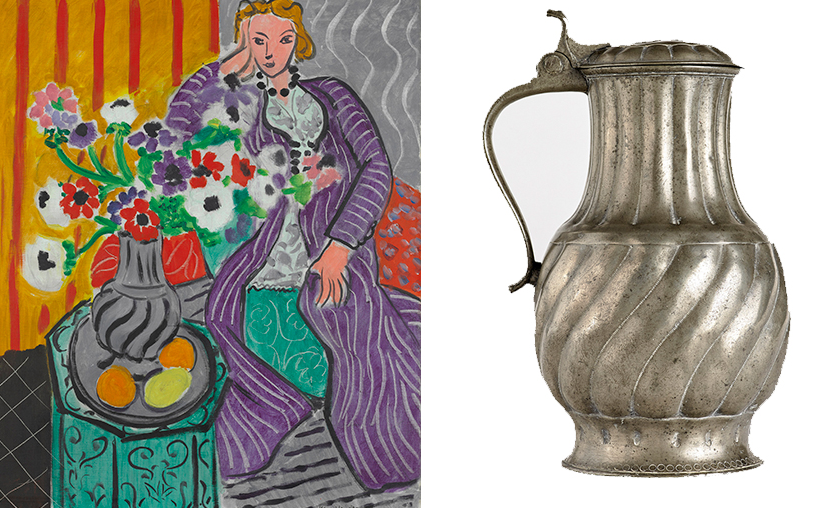A Walk Through the Memory Palace: How Are Your Brand Optics?
MC Escher, Relativity
Simonides of Ceos was a Greek poet of the sixth and fifth centuries BC who specialised in commemorative odes. He is best remembered for his epitaph to the three hundred Spartan warriors who died fighting the Persians at Thermopylae:
‘Go tell the Spartans, stranger passing by,
That here, obedient to their laws, we lie.’
Though few of Simonides’ verses survive today, his work was much admired by the ancients. In a colourful career he invented several Greek letters and a new note for the lyre. He was reputed to be incredibly astute, but also something of a skinflint. On one occasion, when asked whether it was better to be wealthy or wise, he replied: ‘Wealthy. For I see the wise spending their days at the doors of the wealthy.’
According to legend, Simonides once narrowly escaped the collapse of a building in which he had just been attending a banquet. Afterwards the authorities were struggling to identify the bodies of the crushed victims. But Simonides determined exactly who was who by recollecting their location at the table before he had left the feast. Subsequently he used this experience to develop a mnemonic method sometimes known as ‘the Memory Palace.’
One walks through the rooms of a palace in one’s imagination. In each room one fixes the image of an item that one wishes to remember. One can then retrieve these items at will at any later date by walking back through the palace in one’s imagination, finding the appropriate room and reactivating the memory. The technique is still taught today.
What is striking to me about Simonides’ Memory Palace is that it suggests recollection is powerfully visual. This seems intuitively to be true.
I close my eyes and I can see Mum pinning up clothes on the washing line at 125, Martin at the wheel of a bright red toy car, Sarah and Anne on the pebble beach at Walton-on-the-Naze. I can see Mary-Claire in the sitting room watching daytime TV, Dad down the Drill regarding his pint of Ind Coope. There's Dillon in the garden looking longingly at the sparrows and My-Mate-Andy walking along a wall in the rain singing Jam songs.
Our memory seems populated not by abstract concepts, but by specific images that have been secured in our consciousness long, long ago.
Consider similarly our recollection of movies. I can see Bergman and Bogart at the airport, Johnson and Howard at the train-station, Colbert and Gable thumbing a ride. Here’s Veronica Lake at the diner, John Mills ordering a beer, Anna Karina dancing to the juke box. I see Brando in a torn white tee shirt, Mitchum in a tired trenchcoat, Hepburn in cat-eye shades.
We tend to recall films, not as themes or narratives, but as scenes and moments, frames, fragments and fashions.
I wonder do brand managers properly appreciate the power of visual memory?
We seem to spend a great deal of time nowadays discussing brand essence as expressions, statements and phrases. When we consider brand image, we articulate it verbally, not visually. When we think about brand personality, we reach for the thesaurus. Yes, we construct temples for our brands. But we populate them with words, not pictures.
Of course, we do give great import to what we call Visual Identity. But the conversation is so often reduced to one of logos, guidelines, pantones and fonts; to consistency across platforms and discipline against tasks.
This all seems curious in the visual age, in the era of Instagram and emoticons, Pinterest and selfies. In other fields of activity there is an understanding that optics are everything.
How much do we really consider our brands’ visual language? What are the images and iconic moments with which we want to be associated? What do we want consumers to envisage when they remember us? What are our brand optics?
It’s often suggested that, if we want to achieve something, we should picture ourselves scoring the goal, crossing the finish line, winning the pitch. If we pictured success for our brands, what would we see?
But then again, perhaps in seeking to manage our recollections and those of our consumers, we’re fighting a losing battle. When Themistocles, the great Athenian general and hero of the Persian Wars, heard about Simonides’ Memory Palace, he was sceptical:
’I would rather a technique for forgetting. For I remember what I would rather not remember, and cannot forget what I would rather forget.’
True.
No. 152



















